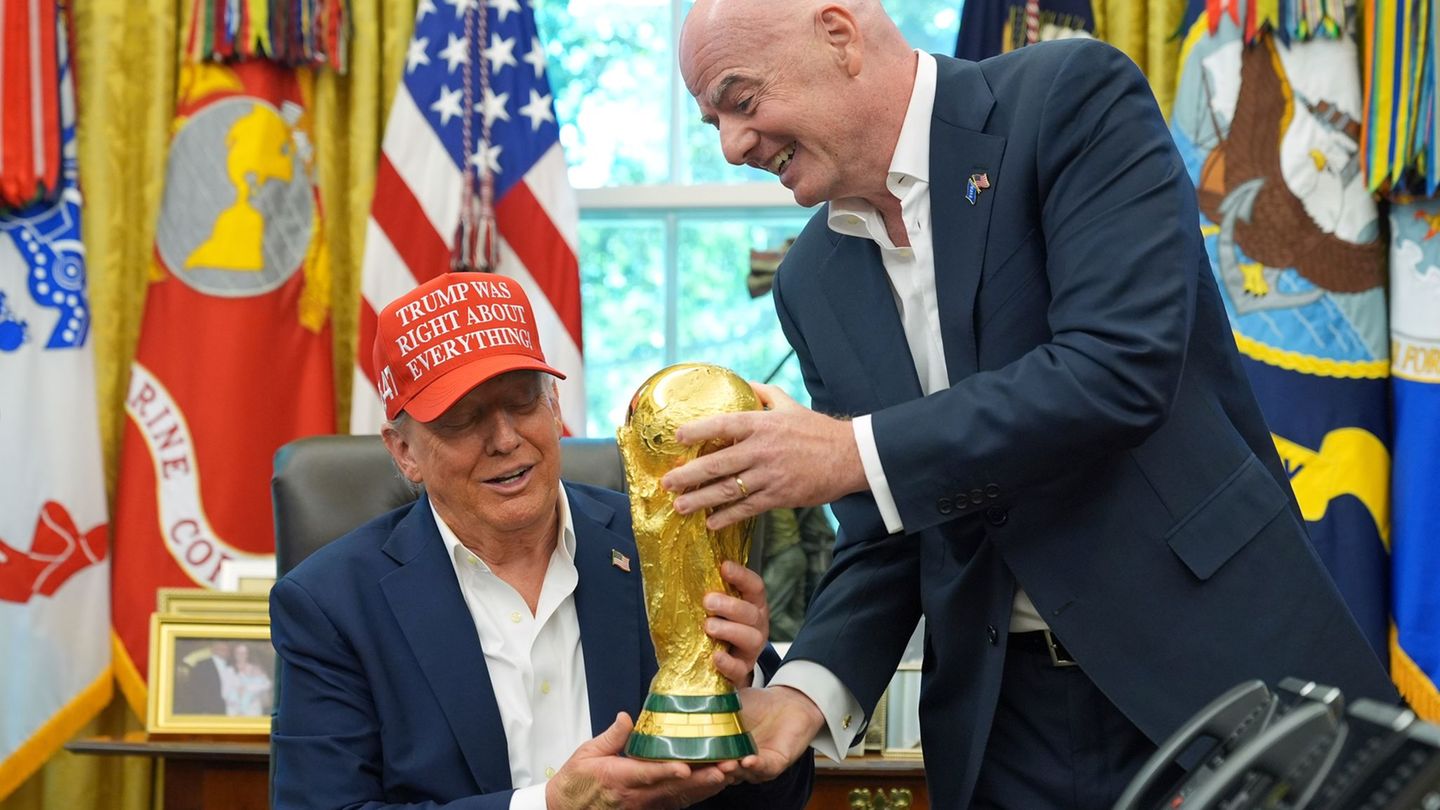There was great concern about a collapse in world trade at the beginning of the Russian war of aggression – but the worst scenarios have not come true. According to the WTO, there are several reasons for this.
According to the WTO, the feared slump in world trade after the Russian attack on Ukraine has not materialised. The reason is, among other things, that countries have not put up any trade barriers despite fears about supply, the World Trade Organization (WTO) reported today in Geneva.
It assumes that world trade will grow by well over three percent in 2022. The figures will be published in April. “World trade has held up well against the background of the war,” said WTO chief economist Ralph Ossa.
Prices rose less than feared
The prices of war-affected goods also rose less sharply than feared. Because Russia was hampering Ukrainian exports and itself had export problems due to sanctions, economists had not ruled out a price increase in poorer countries by 85 percent. In fact, it rose by 17 percent there, according to the WTO. The biggest price increase was for corn: plus 24.2 percent.
Countries have found other sources for products they previously imported from Russia or Ukraine, such as wheat, corn, sunflower products, fertilizers, oil and gas, and palladium. For example, Ethiopia, which gets 45 percent of its wheat from Russia and Ukraine, has imported more wheat from the US and gained Argentina as a whole new supplier.
Worst scenarios did not materialize
According to the WTO, the fact that the worst scenarios – a decline in trade growth to around 0.5 percent – did not materialize is not a failure of economists. Governments reacted differently than they did during the financial crisis a good 15 years ago when they put up trade barriers. Many found it easier than expected to find new suppliers or replace products. A further expansion of the multilateral trading system with predictable rules further promotes resilience in crises.
According to the report, Ukrainian exports fell by 30 percent in value. Russian exports increased by 15.6 percent in value, mainly due to the rise in the price of fuel, grain and fertilizers. The Russian export volume has shifted to China and India, but is estimated to have declined slightly, according to the WTO. Because of the sanctions, trade has collapsed, especially in industrial goods, vehicles, pharmaceutical products and aviation components.
Source: Stern




